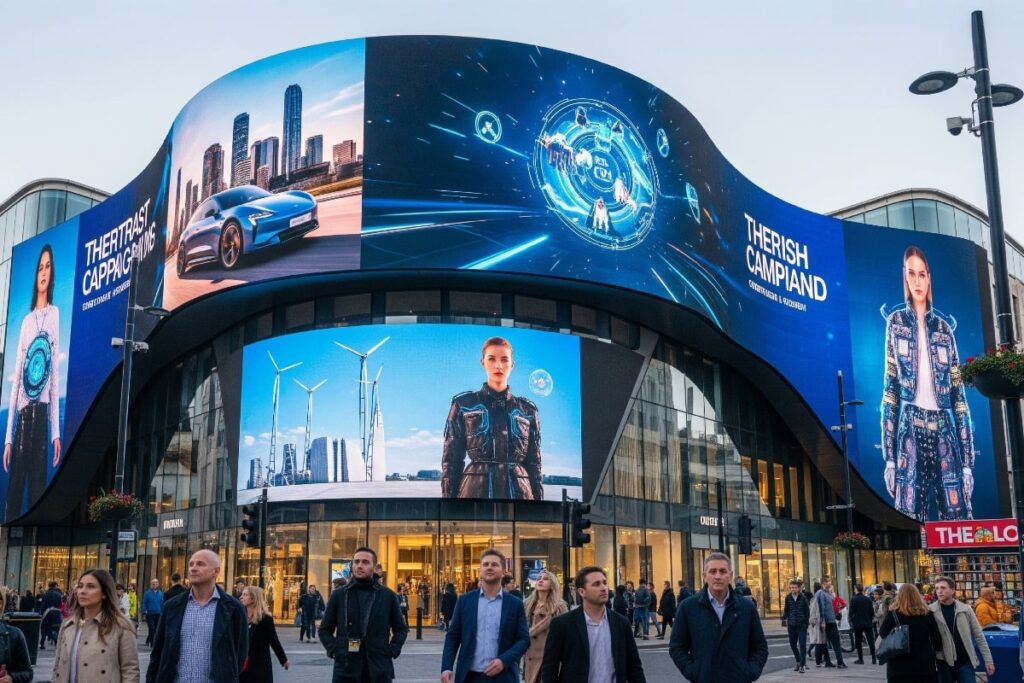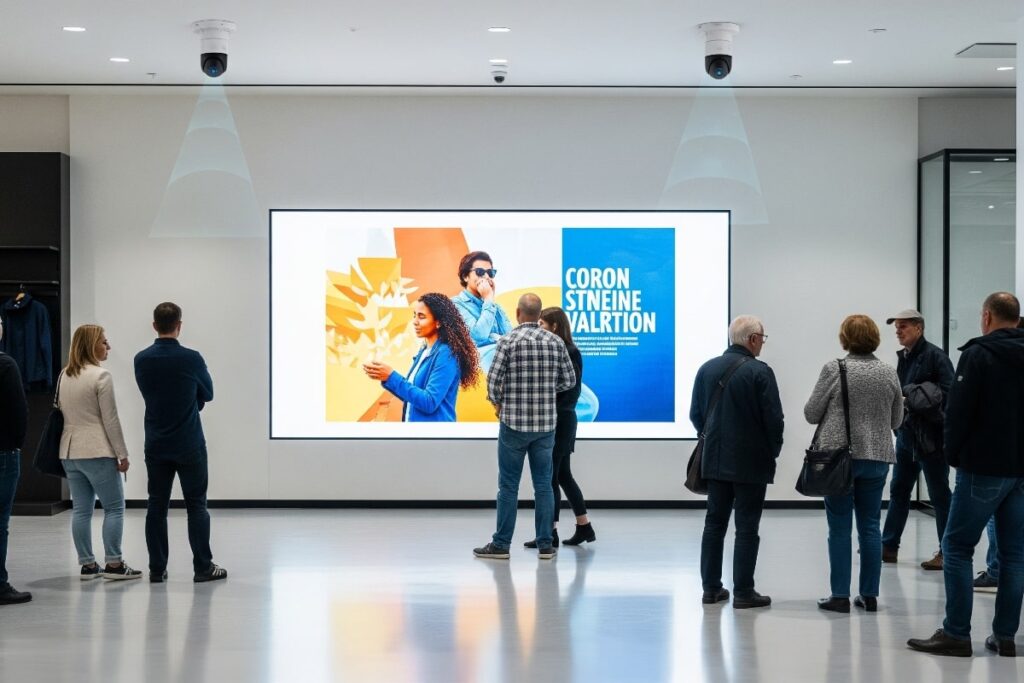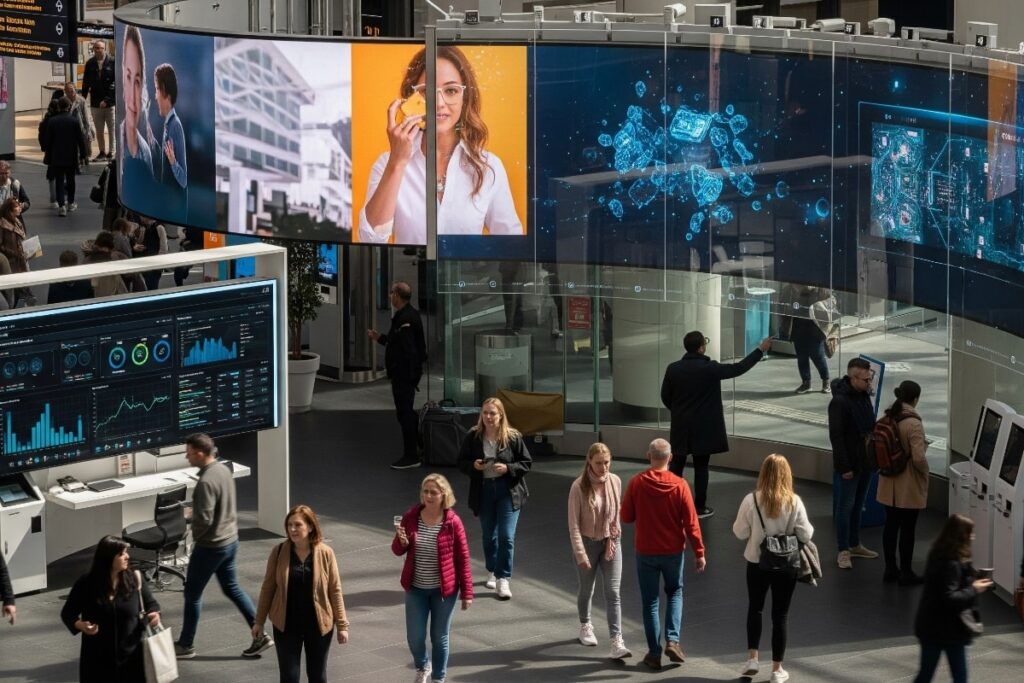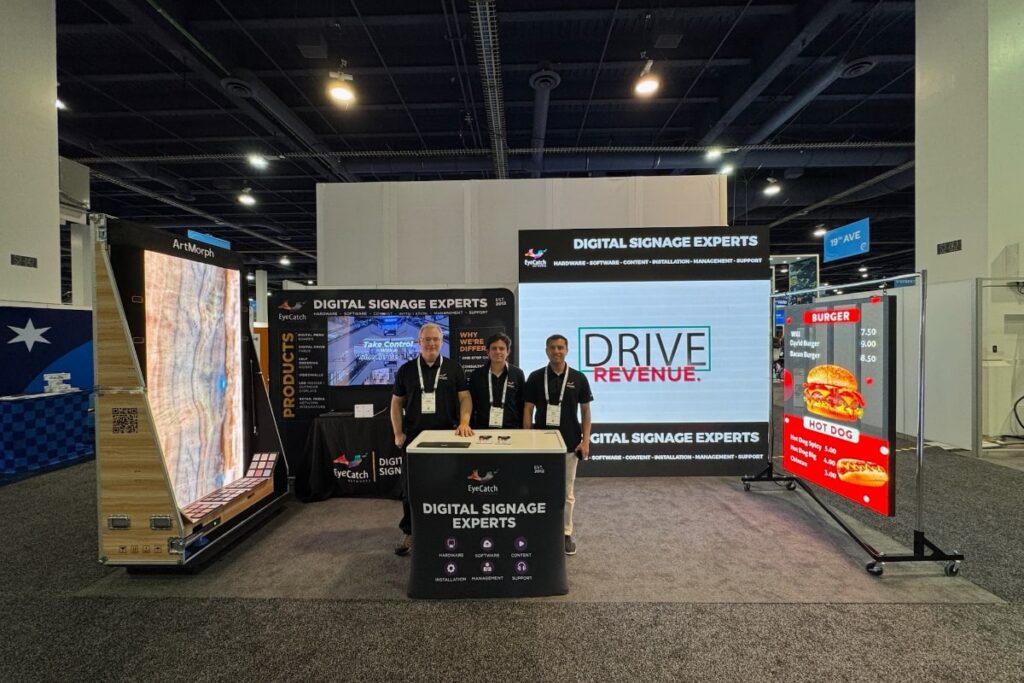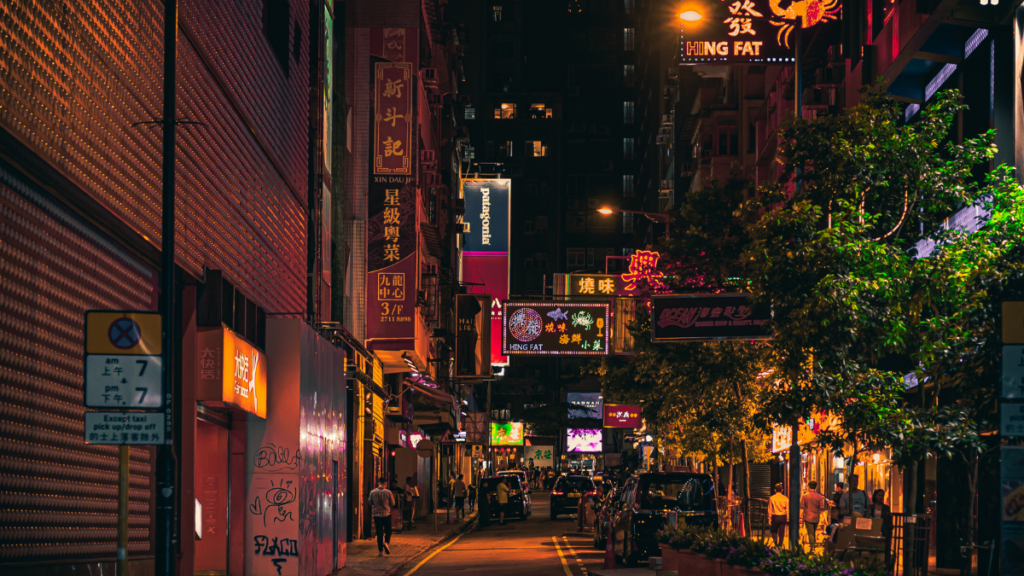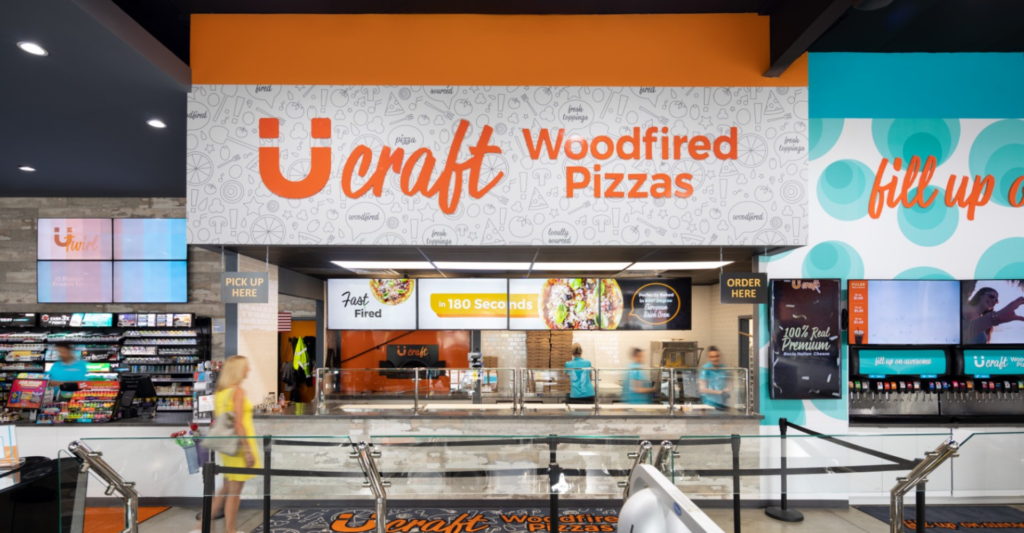Why Digital Menu Boards Are a Game-Changer for Restaurants
In today’s fast-paced, technology-driven world, restaurants need to stay ahead of the curve to attract and retain customers. Gone are the days when static, printed menus were enough to impress diners. Now, digital menu boards are taking the restaurant industry by storm, offering a modern, dynamic way to showcase menu items, promotions, and more. But why are digital menu boards such a big deal? Let’s explore why they’re a game-changer for restaurants.
1. Easy and Instant Updates
One of the biggest advantages of digital menu boards is how easy it is to make updates. In the past, if you needed to change a price, add a new dish, or remove a seasonal item, you had to reprint all your menus. This process was time-consuming and costly. With digital menu boards, you can make these changes instantly with just a few clicks.
Imagine running out of a popular dish during the dinner rush. Instead of disappointing customers with outdated information, you can quickly update your menu to reflect what’s available. This flexibility keeps your menu accurate and your customers informed, reducing confusion and improving the overall dining experience.
2. Cost-Effective in the Long Run
While the initial investment in digital menu boards might seem high, they are more cost-effective in the long run. Traditional printed menus require constant updates, and every time you make a change, you incur printing costs. Over time, these costs add up.
Digital menu boards eliminate the need for reprinting. Once you’ve invested in the digital infrastructure, updating your menu is virtually free. This not only saves you money but also reduces waste, as you no longer need to discard outdated printed menus. In today’s eco-conscious world, this is a big plus.
3. Enhanced Visual Appeal
People eat with their eyes first, and digital boards take full advantage of this. Unlike static printed menus, digital boards can display vibrant, high-definition images and even videos of your dishes. This visual appeal can make your food look even more appetizing and entice customers to try new items.
You can also use dynamic elements, such as rotating images or animations, to draw attention to specific menu items, like daily specials or high-margin dishes. The ability to showcase your food in such an engaging way can lead to increased sales and a more enjoyable dining experience for your customers.
4. Promote Specials and Upsell
Digital menu boards offer a fantastic opportunity to promote special offers and upsell items. You can easily highlight limited-time promotions, seasonal dishes, or combo meals that might otherwise go unnoticed on a traditional menu.
For example, during breakfast hours, you can display a promotion for a coffee-and-pastry combo. At lunch, you can switch to showcasing a special deal on sandwiches or salads. These targeted promotions can drive more sales and increase your average ticket size.
Moreover, because you can update your digital menu boards throughout the day, you can tailor your promotions to match customer demand. This level of customization can significantly boost your restaurant’s revenue.
5. Reduce Perceived Wait Times
We’ve all been there—waiting in line at a busy restaurant, wondering how long it’s going to take to order. Digital menu boards can help reduce the perceived wait time for your customers. While they’re standing in line or waiting at their table, they can be entertained by the content on your screens.
This content could include anything from mouth-watering images of your dishes to fun facts about your restaurant or even short videos. When customers are engaged with the visuals on your digital menu boards, they’re less likely to notice how long they’re waiting. This can improve their overall dining experience and make them more likely to return.
6. Consistency Across Multiple Locations
If you operate multiple restaurant locations, consistency is key to building a strong brand. Digital menu boards allow you to maintain consistent branding, pricing, and menu offerings across all your locations.
From a central control point, you can ensure that every restaurant is displaying the same information, whether it’s a new menu item, a price adjustment, or a promotional offer. This consistency helps build customer trust and ensures that your brand’s image remains strong, no matter where your customers visit.
7. Eco-Friendly Solution
In an era where environmental sustainability is increasingly important, digital menu boards offer an eco-friendly alternative to traditional menus. By reducing your reliance on printed materials, you lower your restaurant’s carbon footprint and contribute to environmental conservation.
This move towards sustainability can also enhance your restaurant’s reputation. Many consumers today are looking to support businesses that care about the environment. By adopting digital menu boards, you can appeal to these eco-conscious diners and show that your restaurant is committed to making a positive impact.
8. Remote Management
One of the most convenient features of digital menu boards is the ability to manage them remotely. Whether you’re at home, on the go, or managing multiple restaurant locations, you can easily update your menu from anywhere with an internet connection.
This remote management capability is especially useful for restaurant chains or franchises. It ensures that all your locations can be updated simultaneously, without the need for a manager to be physically present at each site. This not only saves time but also ensures that your menu and promotions are always up to date.
9. Improved Customer Experience
At the end of the day, everything you do in your restaurant is about providing the best possible experience for your customers. Digital menu boards play a big role in enhancing that experience. They make it easier for customers to see what’s on offer, understand pricing, and make their choices.
Clear, well-organized digital menus can reduce confusion and speed up the ordering process. Customers appreciate the convenience and clarity that digital boards provide, which can lead to higher satisfaction rates and repeat business.
Additionally, digital menu boards can offer multilingual options, which is a huge plus in diverse communities. By providing menu information in multiple languages, you can cater to a broader customer base and make everyone feel welcome in your restaurant.
10. Stay Competitive
In today’s competitive restaurant industry, staying ahead of the curve is essential. More and more restaurants are adopting digital menu boards, and customers are beginning to expect this modern feature. If your competitors are using digital displays and you’re still relying on traditional menus, you may be left behind.
Digital menu boards show that your restaurant is innovative and committed to providing the best possible dining experience. By embracing this technology, you can set your restaurant apart from the competition and attract more customers.




